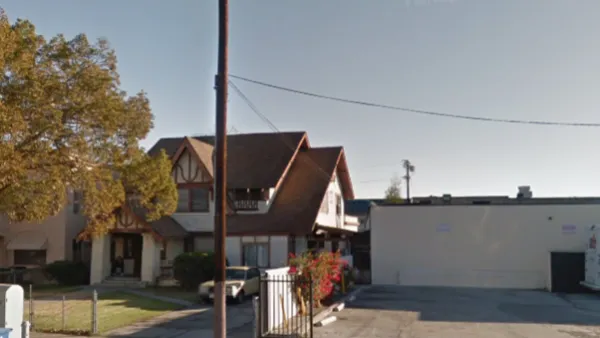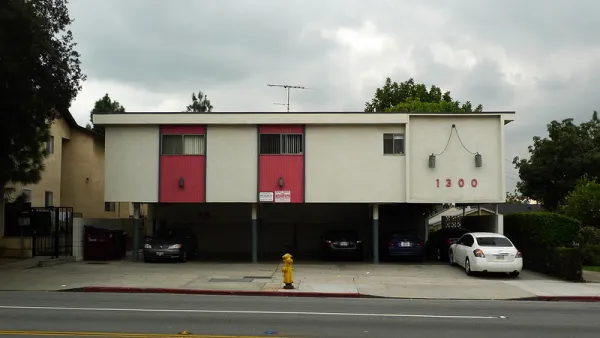Using new analysis of recent US Census data, Richard Florida demonstrates that “[c]ities and regions where density is more concentrated near their urban cores — appear to gain the biggest economic advantage.” That, and a tad more happiness.

You likely won't be surprised to read Richard Florida assert that, “[d]ensity — the close clustering of people together in communities — is a big factor in the technological and economic progress of cities and nations." However, in this article, Florida takes this view a step further by looking at how “different types of density are associated with a wide range of regional economic outcomes." Case in point, when crudely measuring density by the sheer number of people and land area, many are surprised to learn that Los Angeles is in fact denser than New York. That said, density is far more concentrated in central Manhattan than in any part of L.A. For Florida, this begs the question, “Do cities with more concentrated density — where people and economic activity are concentrated and spiky near the center — see even better economic performance?”
Using data from the recent U.S. Census, with analysis by colleague Charlotta Mellander of the Martin Prosperity Institute, Florida shows that, “[e]conomic growth and development, according to several key measures, is higher in metros that are not just dense, but where density is more concentrated." Florida asserts that "[t]his is true for productivity, measured as economic output per person, as well as both income and wages.” College grads and creative workers, for example, are more likely found in highly concentrated metro areas, working in knowledge-rich industries from arts and entertainment, to science and technology, to business and management. Findings also show that more highly dense areas also have greater diversity, more bike commuters and less lone drivers.
Finally, housing prices and happiness indicators are also higher in areas where population-weighted density is taken into account. The higher housing prices come from a variety of factors, including higher income and wages, but are also based on innate and imposed restrictions such as the natural geography and city policies including zoning. But with regards to gauging happiness, Florida writes, “happiness levels are modestly associated with density that is more concentrated at the center of the city.”
FULL STORY: Cities With Denser Cores Do Better

National Parks Layoffs Will Cause Communities to Lose Billions
Thousands of essential park workers were laid off this week, just before the busy spring break season.

Retro-silient?: America’s First “Eco-burb,” The Woodlands Turns 50
A master-planned community north of Houston offers lessons on green infrastructure and resilient design, but falls short of its founder’s lofty affordability and walkability goals.

Delivering for America Plan Will Downgrade Mail Service in at Least 49.5 Percent of Zip Codes
Republican and Democrat lawmakers criticize the plan for its disproportionate negative impact on rural communities.

Test News Post 1
This is a summary

Test News Headline 46
Test for the image on the front page.

Balancing Bombs and Butterflies: How the National Guard Protects a Rare Species
The National Guard at Fort Indiantown Gap uses GIS technology and land management strategies to balance military training with conservation efforts, ensuring the survival of the rare eastern regal fritillary butterfly.
Urban Design for Planners 1: Software Tools
This six-course series explores essential urban design concepts using open source software and equips planners with the tools they need to participate fully in the urban design process.
Planning for Universal Design
Learn the tools for implementing Universal Design in planning regulations.
EMC Planning Group, Inc.
Planetizen
Planetizen
Mpact (formerly Rail~Volution)
Great Falls Development Authority, Inc.
HUDs Office of Policy Development and Research
NYU Wagner Graduate School of Public Service





























